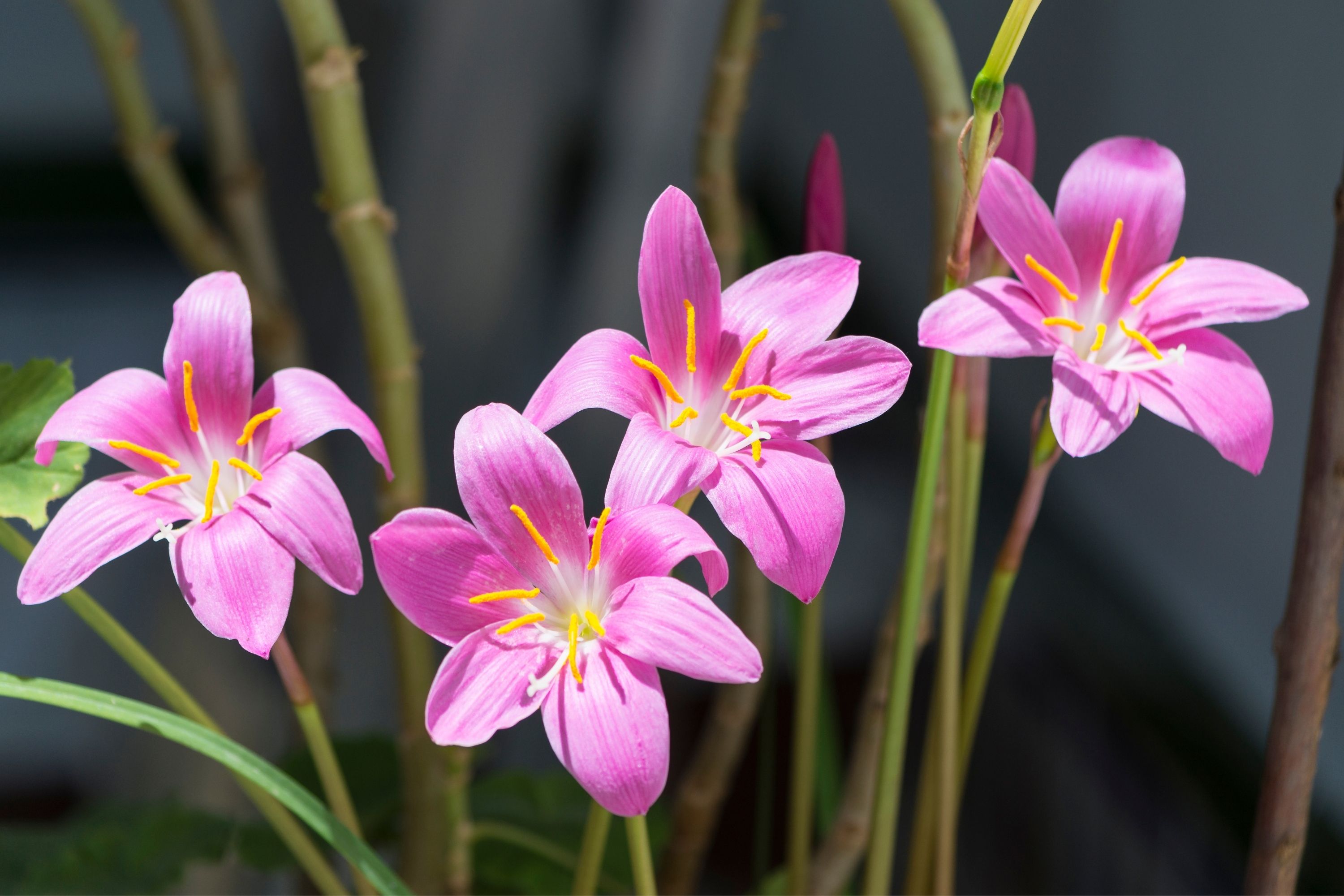Autumn crocus
(Colchicum autumnale)

Description
Colchicum autumnale, also known as the autumn crocus, is a flowering plant native to Europe and parts of Asia. It belongs to the family Colchicaceae and is related to the lily family. This plant is popular for its attractive, colorful blooms, which appear in autumn before the leaves emerge. In this article, we will discuss the characteristics of Colchicum autumnale, its growing requirements, and its uses and benefits. Description Colchicum autumnale is a perennial plant that grows from a corm (a type of bulb) underground. It produces narrow, lance-shaped leaves that are 15-30 cm long, and the plant itself can grow up to 30 cm tall. The leaves emerge in the spring but die back by early summer. The flowers appear in the fall, typically from August to October, and are pink, lilac, or white in color. They are cup-shaped and have six petals that are pointed at the tips. The plant produces a fruit that is a 3-celled capsule containing numerous black, shiny seeds. The seeds are dispersed by ants, which are attracted to the fleshy outer layer of the seed. Habitat and distribution Autumn crocus is native to Europe and parts of Asia, including the Mediterranean region, western Asia, and the Caucasus. It can be found growing in a variety of habitats, including meadows, open woodlands, and rocky areas. In its native range, Colchicum autumnale is often found growing in grassy areas, along roadsides, and in open forests. It prefers well-drained soils and can tolerate a range of soil types, including sand, loam, and clay. The plant can grow in full sun to partial shade and is typically found at elevations up to 1,500 meters. Colchicum autumnale has been introduced to other parts of the world, including North America, where it is considered an invasive species in some areas. In these areas, the plant can be found growing in gardens, parks, and along roadsides. It can also be found growing in disturbed areas, such as abandoned fields and construction sites. Growing requirements Colchicum autumnale is a relatively easy plant to grow and care for. It prefers a well-drained soil that is rich in organic matter. The plant is tolerant of a range of soil types, including sand, loam, and clay, as long as it is not waterlogged. It prefers a slightly acidic to neutral soil pH, between 6.0 and 7.5. The plant should be grown in full sun to partial shade, with at least 4-6 hours of direct sunlight per day. It is important to note that the plant is toxic and should not be ingested, so it is important to keep it away from children and pets. Planting should be done in the fall, between August and November, before the first frost. The corms should be planted 10-15 cm deep and 15-20 cm apart. The plant does not require watering during the growing season, as it can survive on rainfall alone. Uses and benefits Autumn crocus has been used for various purposes, including medicinal and ornamental uses. Here are some of its uses and benefits: Medicinal use: Colchicum autumnale contains a compound called colchicine, which has been used to treat gout, a type of arthritis, and other inflammatory conditions. Colchicine works by reducing the inflammation and pain associated with these conditions. It has also been used to treat familial Mediterranean fever, a rare genetic disorder that causes recurrent fever and inflammation. Plant breeding: Colchicine is also used in plant breeding to induce polyploidy, a process in which the chromosome number of a plant is increased, resulting in larger and more vigorous plants. Ornamental use: Colchicum autumnale is often grown for its attractive blooms, which appear in the fall before the leaves emerge. The plant is a popular choice for fall gardens, rock gardens, and as a ground cover. Deer-resistant: Colchicum autumnale is deer-resistant, making it a good choice for gardens where deer are a problem. It is important to note that Colchicum autumnale is toxic and should not be ingested. The plant contains colchicine, which can be harmful to humans and animals if ingested in large quantities. Therefore, it is important to handle the plant with care and keep it away from children and pets. Conservation status The conservation status of Autumn crocus varies depending on its location. In some areas of its native range, the plant is considered to be of least concern, as it is widespread and not facing any significant threats. However, in other areas, the plant is considered to be at risk due to habitat loss and over-harvesting. In parts of its introduced range, such as in North America, Colchicum autumnale is considered to be an invasive species and is therefore a concern for conservation efforts. The plant can outcompete native species and disrupt ecosystems, leading to a decline in biodiversity. Overall, it is important to monitor the status of Colchicum autumnale and take measures to protect it from habitat loss, over-harvesting, and other threats to its survival. Conservation efforts should focus on promoting sustainable harvesting practices, controlling the spread of invasive populations, and protecting natural habitats where the plant occurs. Conclusion Colchicum autumnale, Autumn crocus, is a beautiful and versatile plant that is easy to grow and care for. Its attractive blooms and low maintenance requirements make it a popular choice for fall gardens, and its medicinal properties have been valued for centuries. However, it is important to remember that the plant is toxic and should be kept away from children and pets. With proper care and attention, Colchicum autumnale can be a valuable addition to any garden or landscape.
Taxonomic tree:







